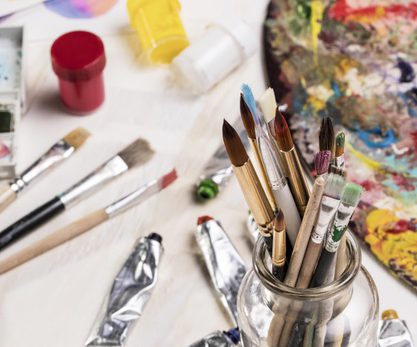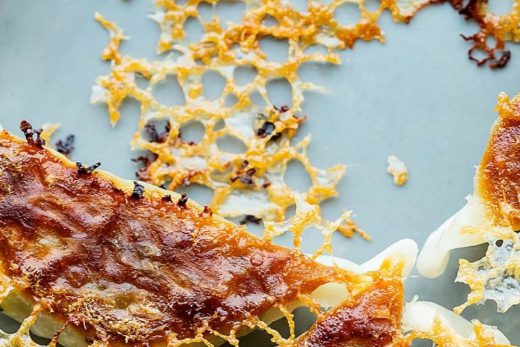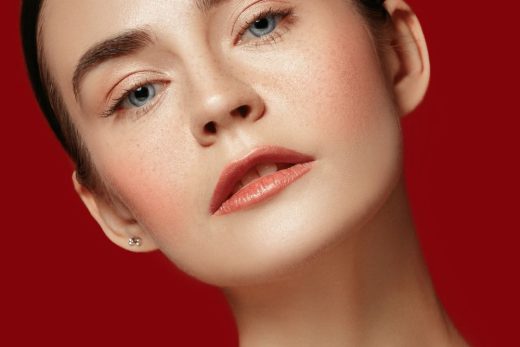Plus, how to choose the best primer for you.
If you struggle with foundation, tinted moisturizer, or concealer looking streaky, patchy, or uneven, a primer may be the thing that changes your makeup game. Not only can it make applying your face makeup easier, face primer ensures makeup won’t budge through even the longest days.
When it comes to how to apply primer, how to choose which kind is best for you, and the advantages and disadvantages, we’ve got you covered:
What is makeup primer and what does it do?
“Primer creates a smooth canvas for your makeup,” says celebrity makeup artist Jamie Greenberg. “It also keeps your makeup in place, keeps it from moving, [and] can keep it matte or luminous,” depending on the formula and your skin.
Not only does it give you an even base, it also helps lock everything else in. “Primer is like a layer of protection to go over your skincare,” says Camara Aunique, celebrity makeup artist and founder of Camara Aunique Beauty. “It creates a shield between your skincare and your makeup so that your skincare is still doing the work it’s supposed to do.” Primers can also help minimize the appearance of pores and extend your makeup’s wearing power.
The realm of primer stretches far beyond just face makeup — there are primers for just about everything.
Eyeshadow primer extends the life of any eye cream and “it also allows the eye makeup to last longer,” says Aunique. This is particularly helpful if you tend to have oily eyelids, since eye primer can help mitigate oil and keep eye shadow from creasing (hint: Look for “crease-free”on the label!).
Lip primer helps lipstick last longer, though some are formulated to help lock in hydration as well.
Lash primer can help lengthen and separate eyelashes to create the ideal starting point for your mascara. Bonus: A good lash primer can also help your lashes hold a curl.





